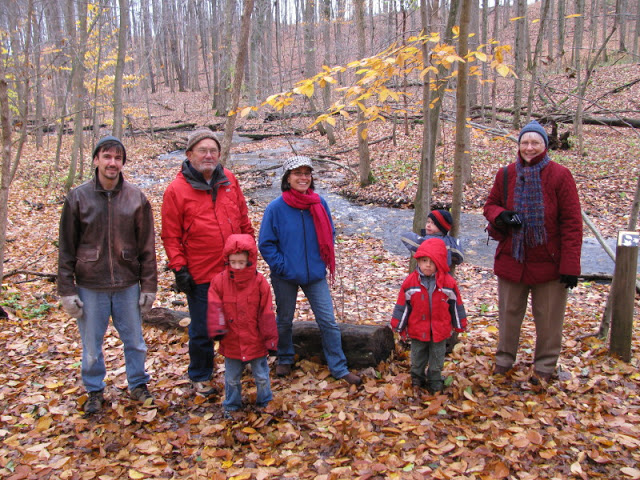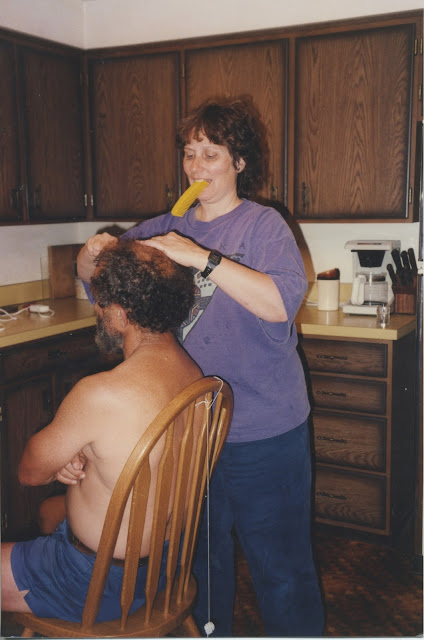my guess:
Carolyn's birthday celebration at The Ivanhoe
Ferndale, CA
maybe 2008
When I was in high school telephones were dial-up affairs on
the wall, and in many cases required the assistance of a human being (the
“operator”, for you under 40.) It was
common knowledge that (shudder?) pot was
a sure road to hard-drug addiction, misery, and death. Nobody drank in high school, only a few
would-be hipsters smoked, and as for sex – then as now nobody thought of
anything else - but very little occurred.
Oddly enough, the girls didn’t want to get pregnant.
However, that was before THE PILL. With the advent of oral birth control it
became possible to safely do what nature so vigorously called upon you to do –
and not risk the consequences! To me and
my male friends THE PILL was an innovation equivalent in importance to electricity!*
Well, it happens that at that time I was a faithful
attendant at several church-sponsored evening youth activity groups. That was because they had singing, guitar
music, apple cider – and girls. Lots of
girls! At those evening sessions there
invariably would be some kind of informal “sermon”, in general laid on by an earnest
and devout, well-scrubbed college boy, most likely a seminary student. Uniformly we hormone-wracked high schoolers
were enjoined to lay off sex until we were married. The poor girls in the group were threatened
with societal rejection, not to mention eternal damnation, if they took THE
PILL.
Well, some did and some didn’t. And young married women who wanted a career
took the pill, as did women who simply didn’t want any more babies. THE PILL was even good for guys; we could
save on condoms, and delay that inevitable vasectomy. Maybe it WAS more important than electricity!
It turns out that THE PILL
brought with it another, entirely unexpected, benefit – it helped protect women
from ovarian cancer. The NYTimes article
cited below states that the death rate from OVCA dropped by 16% between 2002
and 2012. This, the article goes on to
say, is the result of less use of hormone therapy – and increased use, many
decades ago, of THE PILL! So, those
naughty girls of the 50s not only had more fun – they lived longer! So much for Protestant orthodoxy.
The same article recognizes that
there has been a little improvement in the treatment of ovarian cancer, but not
enough to make much difference. And early detection is not even mentioned.
*Not that it did us much good.







